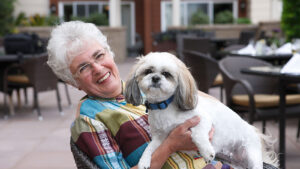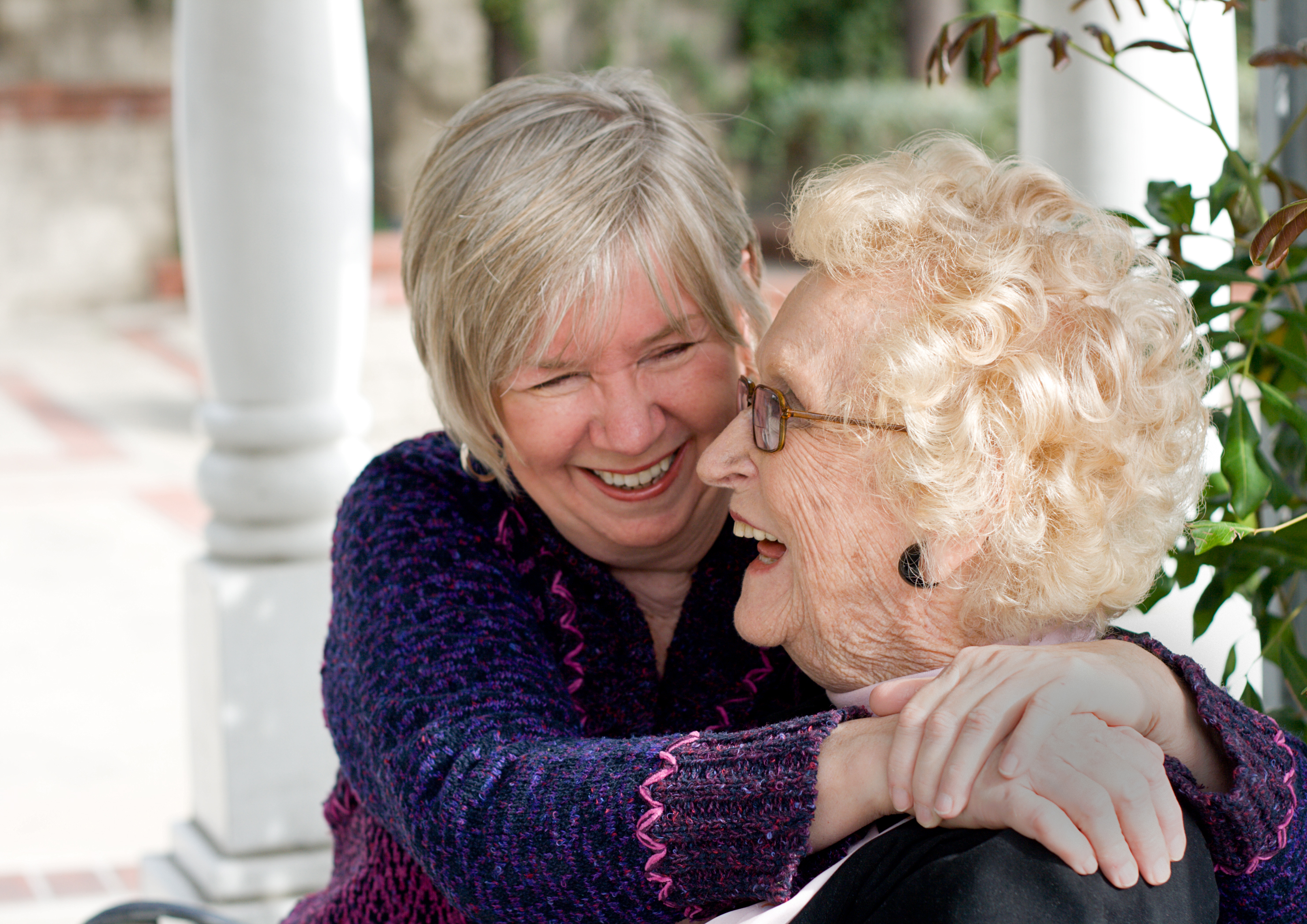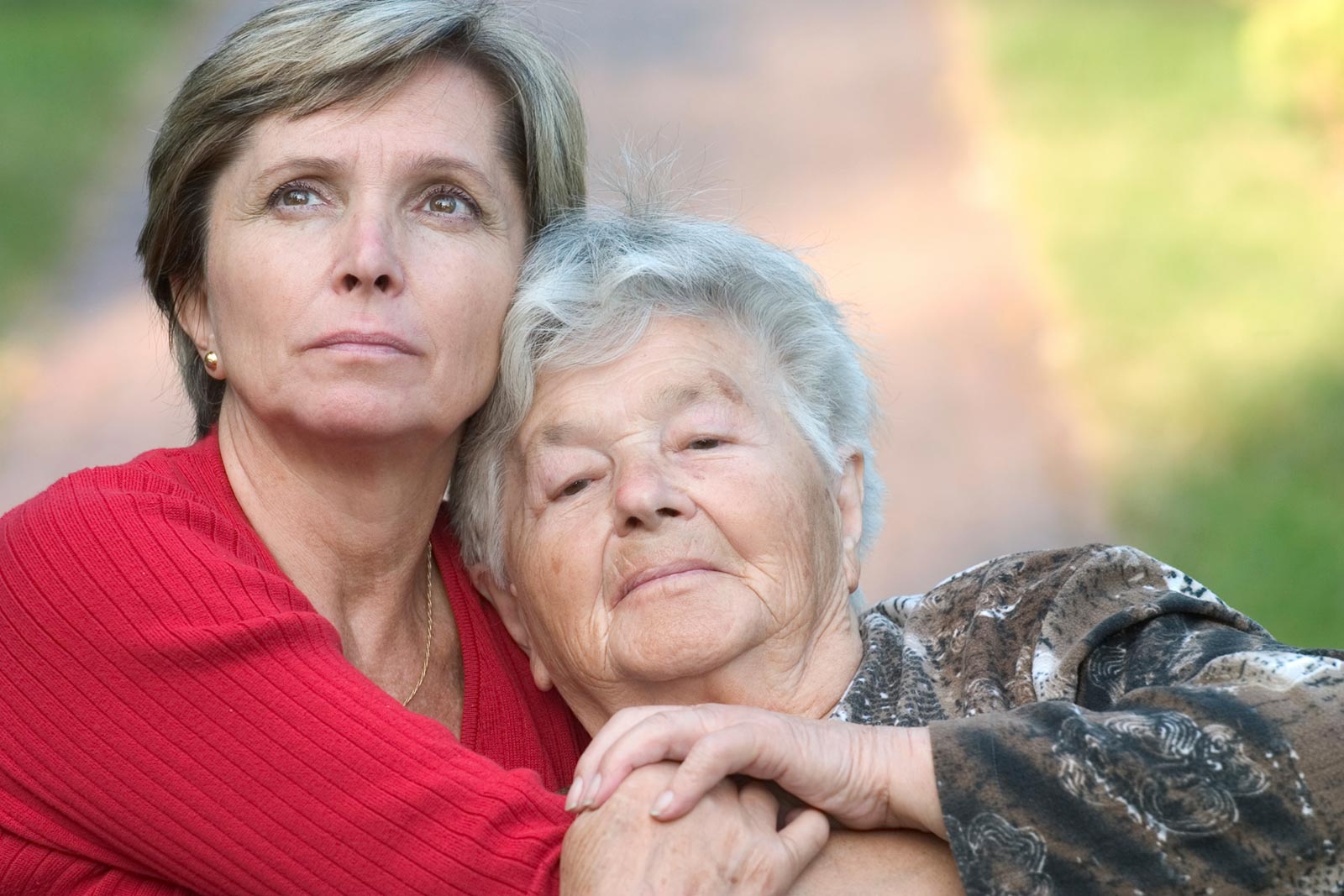Crossroads
How to Begin Decluttering, Part 2
This segment focuses on beginning stages, and putting the plan in action. First: we're downsizing for a reason, whether Mom is moving in with an adult child, moving into an assisted living facility. Look at the space she's moving into and assess how much space is available. Visit model units to get an idea of what would work in the space, to see if Mom's couch will actually fit.
How to Begin Decluttering, Part 1
Kelley talks about how we can help our parents and ourselves so we don't leave a lot of clutter for our own children to deal with. When a family member downsizes from a 2,000 square foot home to a 900-1200 square foot retirement apartment, or to an independent living or assisted living apartment, now you're looking at 500-700 square feet of space, or smaller depending on the apartment. You have to weigh what's important to keep, and it will be home — you want to bring your things so it feels like home. Many people in a home look at the challenge and don't even know how to begin downsizing. If you have a senior loved one, or have mobility issues, it can seem an overwhelming challenge. This hour will talk about how to begin, and what to expect regarding amenities when you move into senior living, and how can you leave a legacy for your community.
12 Tips to Sell Your Home, Part 4
Continuing from part 3, in this segment Rebecca shares two more low-cost suggestions to maximize your net proceeds at the end of the sale: Add a fresh scent: Apple cinnamon or raspberry, with fragrances that aren't plugged in chemicals that could trigger allergies, a bowl of pot pourri, providing a pleasant scent; and leave while it's listed.
12 Tips to Sell Your Home, Part 3
Continuing from part 2, in this segment Rebecca shares more low-cost suggestions to maximize your net proceeds at the end of the sale. Expenses can be paid for by following the tips from part 1: Pressure wash the outside; buy a new welcome mat — a welcoming, modern mat for the front door; clean up the patio; and retro decor is OK.
12 Tips to Sell Your Home, Part 2
Rebecca Bomann, the CEO of SASH Services, joins Suzanne Newman to talk about tips to help get your house ready to be sold. Continuing from part 1, in this segment Rebecca shares more low-cost suggestions to maximize your net proceeds at the end of the sale. Any expenses can be paid for by following the tips from Part 1: Take down heavy drapes and window coverings; swap out old and low-watt bulbs for bright new ones; remove family photos and paintings, so prospective buyers will be able envision the home as it might be for them; and do a professional deep cleaning.
12 Tips to Sell Your Home, Part 1
Whether you're an empty-nester or looking for a senior loved one who's lived in their house for 50 years, often a move seems like a mountain of a challenge. These low-cost suggestions will maximize your net proceeds: Part 1: pack first; sell some things.
How and When to Intervene, part 4
When the conversations are over, and something doesn't go right, Kelley talks about next steps. You can't control another human being. There are other options if a loved one digs in their heels. Northeast Seattle has NEST — Northeast Seattle Together — and other neighborhoods have programs like this. For a small fee, people will come to the house and do chores, mow the lawn, and do other tasks, so you don't have to be overwhelmed. A family advocate or caregiver needs to keep their balance and boundaries.
How and When to Intervene, part 3
This segment addresses what to do when our loved ones are adamantly resisting, but you know something has to change. You have to make sure that a decision's been made - that they are no longer safe in their own home — you have to look at next steps, whether it's home care, home health, rehabilitative care, or something else. Make sure they've been diagnosed by a doctor. And learn what the consequences are if you don't do something.
How and When to Intervene, part 2
Kelley talks about red flags to watch for that may signal when to intervene as an adult child or loved one of a senior who may need care. Maybe you've noticed that your mom used to keep her house spotless in the past, but now you see spoiled food in the fridge, stacks of stuff in odd places, and she's ordering strange stuff by mail. You know your loved one, and some things will stand out as unusual. Are they grabbing onto furniture and walls to support themselves? Making excuses for you not to visit? Kelley provides advice when you see behaviors that stand out as unusual in our senior loved ones.
How and When to Intervene, part 1
Kelley Smith at CarePartners Senior Living joins Suzanne Newman to talk about how and when to intervene as an adult child or loved one of a senior who may need care. Families may be concerned about their role while honoring parents facing Alzheimer's or dementia. Kelley Smith says to best serve parents and grandparents, first understand what you need as well as what your parents need. When you have conversations, give them time to process so they aren't on the defensive. Create an open dialogue to figure out the next steps. Bring up that you noticed things are getting more challenging for them around the house. Casual conversations often work better than a scheduled meeting.




















